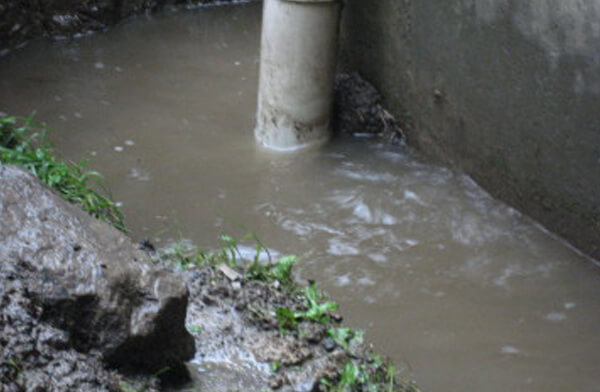Guide To Water Leak Detection In The House
Guide To Water Leak Detection In The House
Blog Article
The content following next on the subject of Hacks to detect leaks is extremely stimulating. Give it a go and make your own personal findings.

Early discovery of dripping water lines can reduce a potential calamity. Some tiny water leaks might not be visible.
1. Take A Look At the Water Meter
Every home has a water meter. Inspecting it is a surefire manner in which helps you find leakages. For starters, shut off all the water resources. Guarantee nobody will certainly purge, utilize the tap, shower, run the cleaning maker or dishwasher. From there, go to the meter and also watch if it will alter. Given that no one is utilizing it, there ought to be no motions. If it moves, that shows a fast-moving leak. Likewise, if you identify no changes, wait a hr or two and also check back once again. This suggests you may have a sluggish leak that can also be below ground.
2. Inspect Water Usage
If you identify abrupt changes, despite your consumption being the very same, it implies that you have leaks in your plumbing system. A sudden spike in your costs indicates a fast-moving leakage.
On the other hand, a constant rise every month, despite having the exact same habits, reveals you have a sluggish leak that's additionally slowly rising. Call a plumber to completely inspect your home, specifically if you really feel a cozy area on your floor with piping below.
3. Do a Food Coloring Test
30% comes from commodes when it comes to water intake. Examination to see if they are running correctly. Decrease flecks of food color in the tank as well as wait 10 mins. If the color in some way infiltrates your dish throughout that time without flushing, there's a leak between the container as well as bowl.
4. Asses Outside Lines
Don't forget to check your outdoor water lines also. Test spigots by attaching a garden hose. Must water permeate out of the link, you have a loose rubber gasket. Replace this and ensure all links are limited. If you have actually got a lawn sprinkler, it will aid get it properly checked out and kept every year. One little leak can waste tons of water and increase your water expense.
5. Examine and Examine the Situation
Home owners should make it a habit to inspect under the sink counters as well as also inside closets for any bad odor or mold and mildew growth. These two red flags show a leak so prompt interest is needed. Doing regular inspections, even bi-annually, can conserve you from a major problem.
Check for discolorations as well as compromising as most appliances and also pipelines have a life expectancy. If you believe leaking water lines in your plumbing system, don't wait for it to intensify.
Early detection of leaking water lines can alleviate a potential disaster. Some little water leakages might not be noticeable. Examining it is a surefire method that aids you uncover leaks. One little leakage can squander loads of water and also spike your water bill.
If you presume dripping water lines in your plumbing system, do not wait for it to escalate.
WARNING SIGNS OF WATER LEAKAGE BEHIND THE WALL
PERSISTENT MUSTY ODORS
As water slowly drips from a leaky pipe inside the wall, flooring and sheetrock stay damp and develop an odor similar to wet cardboard. It generates a musty smell that can help you find hidden leaks.
MOLD IN UNUSUAL AREAS
Mold usually grows in wet areas like kitchens, baths and laundry rooms. If you spot the stuff on walls or baseboards in other rooms of the house, it’s a good indicator of undetected water leaks.
STAINS THAT GROW
When mold thrives around a leaky pipe, it sometimes takes hold on the inside surface of the affected wall. A growing stain on otherwise clean sheetrock is often your sign of a hidden plumbing problem.
PEELING OR BUBBLING WALLPAPER / PAINT
This clue is easy to miss in rooms that don’t get much use. When you see wallpaper separating along seams or paint bubbling or flaking off the wall, blame sheetrock that stays wet because of an undetected leak.
BUCKLED CEILINGS AND STAINED FLOORS
If ceilings or floors in bathrooms, kitchens or laundry areas develop structural problems, don’t rule out constant damp inside the walls. Wet sheetrock can affect adjacent framing, flooring and ceilings.
https://www.servicemasterbyzaba.com/blog/how-to-detect-water-leakage-in-walls/

I was made aware of that write-up about Leaking water lines from an acquaintance on a different web address. If you enjoyed our blog posting please be sure to pass it around. We take joy in reading our article about Top leak detection hacks.
Report this page